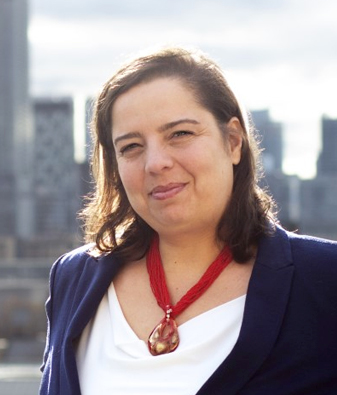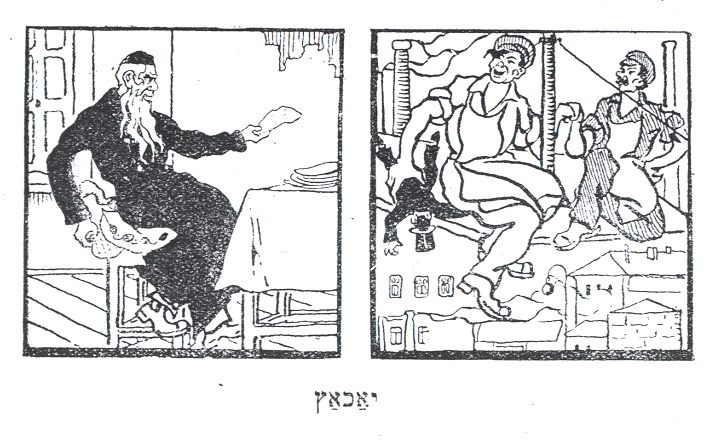In the 1920s and ’30s, the Communist Party of the former Soviet Union campaigned for Jewish people to abandon religion in favor of a secular Jewish identity. The Passover Seder, a beloved springtime meal celebrating the Jews’ deliverance from Egypt, had no place in this new ethnic life, according to Atlas Obscura.

The article notes that in 1921, the Central Bureau of the Party’s Jewish section instructed all local branches to organize Yiddish-language “Red Passovers” — public satires where the Revolution took the place of God, and leavened bread took the place of matzah.
Atlas Obscura spoke to Anna Shternshis, director of the Anne Tanenbaum Centre for Jewish Studies and Al and Malka Green professor of Yiddish and Diaspora Studies in the Department of Germanic Languages & Literatures, about this surprising history of the sacred holiday — a period she calls “Communist Passover,” and covered in her first book, Soviet and Kosher: Jewish Popular Culture in the Soviet Union, 1923-1939.

“They are fighting Jewish tradition [and] Jewish observance, with humour, with mockery,” she says, and by the 1930s, efforts like the Red Seders had created a widespread “Soviet Jewish secular culture.”
Today, the diaspora of Jewish people from the former Soviet Union are still feeling the impact of Red Seders and other anti-Jewish projects. “One thing that is universally noted is that they do not associate being Jewish with Judaism,” Shternshis says.
Read the entire article:
- The Soviet ‘Red Passovers’ Where Jews Gave Thanks for Communism
March 28, 2023 | Atlas Obscura

